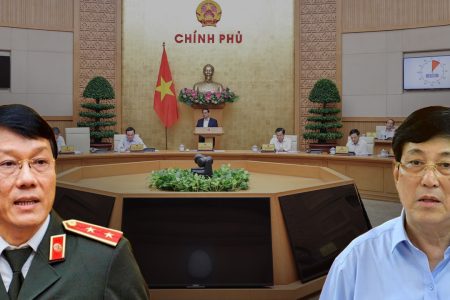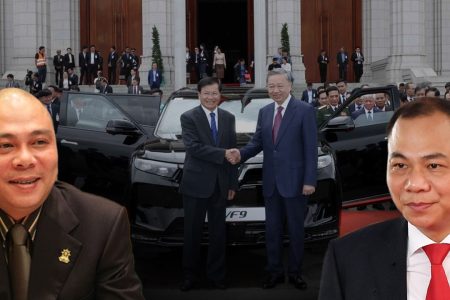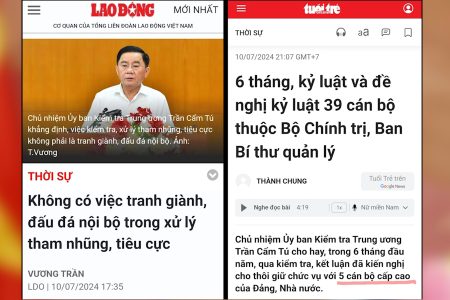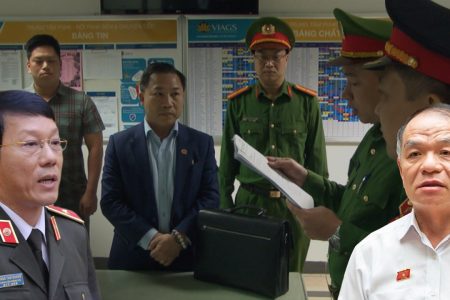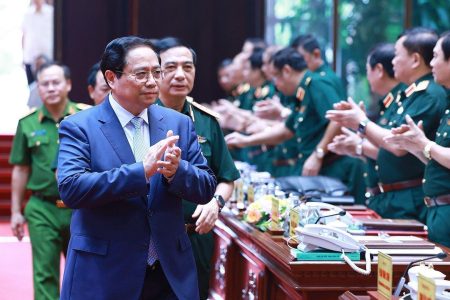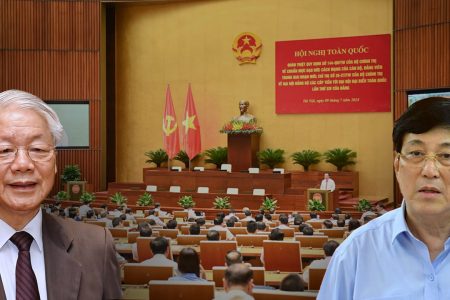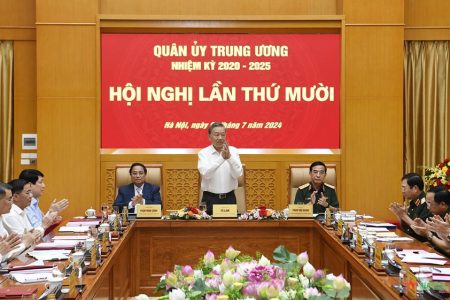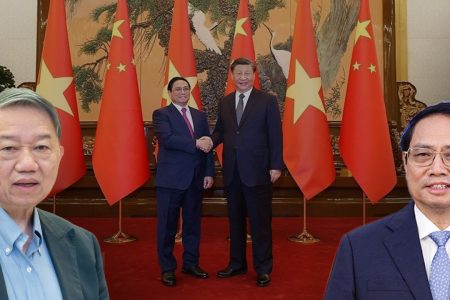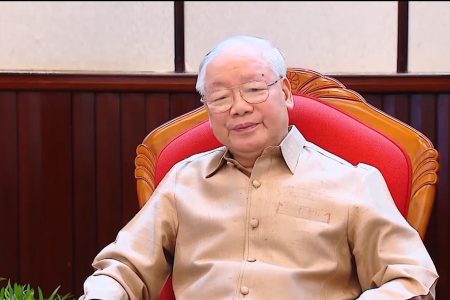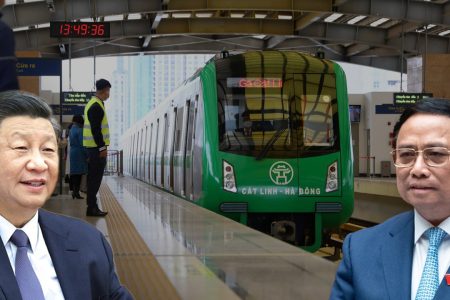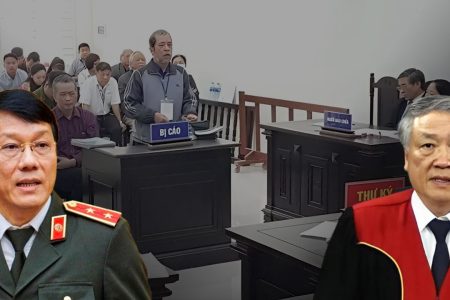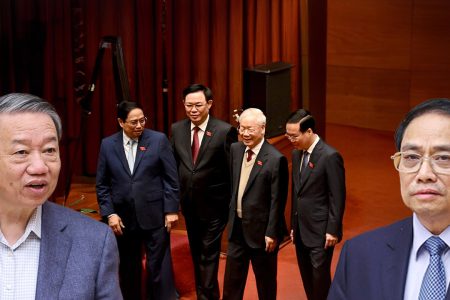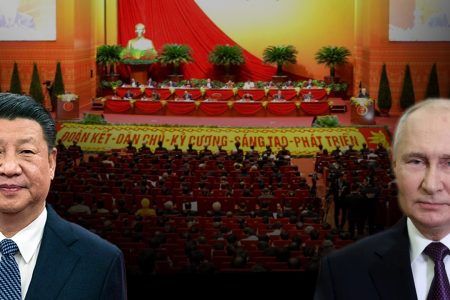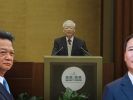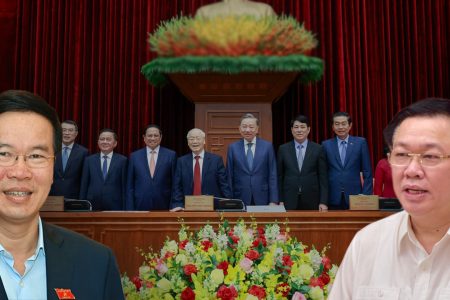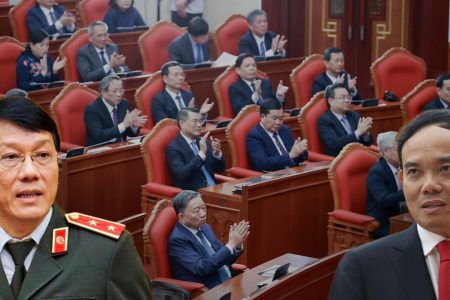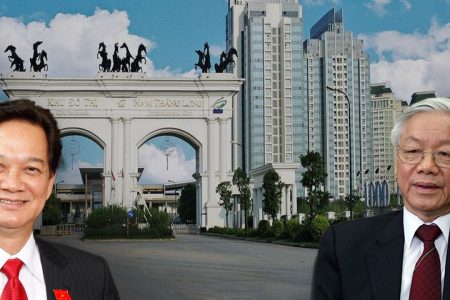
Vietnam’s Ministry of Transport has just informed the domestic press that it is preparing a report to the Government on the project which aims to build a North-South high-speed railway expected to be submitted to the 15th National Assembly right at its first session.
The North-South high-speed railway project has a total length of more than 1,560 km connecting Hanoi and Ho Chi Minh City, passing through 20 provinces and cities with 27 stations, starting from Ngoc Hoi station in Hanoi and ending at Hoa Hung station in HCM City. Total investment is estimated at $58.71 billion.
In previous project submissions, the Ministry of Transport has proposed three capital mobilization options, including budget capital, calling for private capital, and borrowing ODA.
However, the National Assembly of Vietnam in 2010 did not approve the request of the Ministry of Transport for the implementation of the North-South high-speed railway project.
In the following years, the ministry continued to call for the implementation of this project… At that time, many opinions on social networks expressed disagreement with the construction of the North-South high-speed railway project in the coming years in the current economic situation in Vietnam.
Why is it that with many objections, the government is still resolute in implementing the North-South high-speed railway project? Senior economist, Associate Professor – Dr. Ngo Tri Long, former Director of the Institute for Price Market Research of the Ministry of Finance, when answering RFA on June 23 from Vietnam, said that one of the bottlenecks Vietnam’s economy is infrastructure. The three bottlenecks are the growth model of breadth and depth, weak infrastructure, and low-quality resources… In the infrastructure bottleneck, having a transport system is important. He continued:
“In transport, the system of air, sea, railway, and road… Currently, the expressway system is under construction and trying to reach 50,000 km, which is decentralized by the new Prime Minister very clearly, he decentralized to the locality. As for the rotation of the North-South high-speed railway project, it has been discussed many times, lifted, and put down many times. But because Vietnam’s railway system is very outdated, currently the operation of the railway transport system is very stagnant, and development is not commensurate with its potential, its market share is decreasing day by day. , but its operation is very lossy… Considering that it is currently in a weak position, this is a particularly important method for other countries. Given Vietnam’s geographical conditions, the distance from north to south is long, so in addition to highways, Vietnam needs high-speed railways.”
According to the Ministry of Planning and Investment, because it is no longer in the group of countries that need help since 2014 Vietnam can no longer borrow concessional ODA sources, and since mid-2017, Vietnam has to borrow foreign credit with an interest rate three times higher and two times the grace period.
Dr. Le Dang Doanh, former director of the Central Institute for Economic Management, when answering RFA from Hanoi on June 23, commented:
“I don’t know how the Ministry of Transport calculates the financial resources and calculates the efficiency, ie the number of passengers that can be attracted to this high-speed railway… I still maintain the opinion that it is too early in Vietnam for such a project to be effective. In my opinion, the financial and budgetary situation of Vietnam is currently very difficult, so I earnestly request the Government to consider it carefully. Or it is possible to conduct a test in a short distance, from Ho Chi Minh City to a certain location that is expected to have a large number of passengers, for example, or from Hanoi to Hai Phong… so that on that basis, we will consider and evaluate value the possibility of being able to effectively operate this project.”
Responding to Vietnamese state media on June 19, 2021, Dr. Nguyen Duc Kien, Head of Economic Advisory Group of the Prime Minister said that in order to create an environment for Vietnam’s “leading crane” to develop, the period 2021-2025, the Government needs to prepare the North-South high-speed railway construction project.
According to Mr. Kien, the North-South high-speed railway development project should be built in a direction not only considering the capital scale of $58 or $60 billion but must be associated with the national industrial development program. Kien said that development investment activities do not only look at a large amount of investment, then calculate that if borrowing a lot, it will affect public debt and affect national financial safety… but must be assessed as a combination of many factors.
Professor – Dr. Ngo Tri Long further commented:
“With a high-speed railway project of $40-50 billion, huge investment, lots of resources, but in the context of Vietnam, will consumer demand use it or not? Because when such an investment, the ticket price is relatively high, which competes with both air, road, sea … but now there are many types of the cheap airline. There are many different opinions about this, we have to wait and see the plan of the Ministry of Transport, and the second is whether it follows each route one by one? Every session? How to invest? Only then can we consider it.”
This is not the first time that many objections to the North-South high-speed railway project have been raised. In 2010, when the National Assembly of Vietnam first rejected the policy of implementing this super project connecting the North-South axis, the project caused a lot of controversy in public opinion and even on the National Assembly forum.
Dr. Tran Dinh Ba, a member of the Vietnam Railway Transport Economic Association, when responding to a previous RFA said:
“The North-South high-speed railway when it was submitted to the National Assembly before was a battle of smoke and fire, up to $56 billion, I fought fiercely with it and in the end, the National Assembly did not pass it. I have obtained the Government’s report to submit to the National Assembly and I have analyzed eight or nine points of error and I have made a very serious recommendation to the state.”
Dr. Tran Dinh Ba pointed out that the law allows the national railway to be expanded, built with a gauge of 1,435m with a normal speed of 100-140 km/h and progressed to a high speed of 150-200 km/h, but not yet allow high-speed rail, super-speed 300-350 km/h. Moreover, this is a type of light rail, which can only carry passengers but not goods. The technology is complicated and expensive, easily causing disasters.
At the seventh session of the 14th National Assembly held in Hanoi in June 2019, legislator Truong Trong Nghia of Ho Chi Minh City said that many voters, including economic and technical experts, were very interested in the information that only Chinese investors are interested in the North-South high-speed railway project.
At the same time, a petition signed by 118 famous artists and writers in the country was sent to the Vietnamese leadership, asking not to let China build a North-South expressway and high-speed railway.
Regarding this issue, Dr. Le Dang Doanh gave his opinion:
“China has succeeded in building high-quality, safe high-speed railways. But that is what China builds in China, and China builds in Vietnam, it may be different. We can immediately see the experience of the Cat Linh – Ha Dong railway project.”
Dr. Le Dang Doanh said that it is necessary to learn a lot from Chinese contractors, need to be transparent and supervised, have an independent project appraisal council, and make it public to let the people know.
Thoibao.de (Translated)





